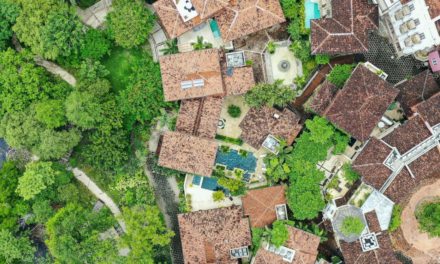
West Virginia’s Greenbrier – Almost Heaven
A vocalist croons John Denver’s hit, “Take Me Home, Country Roads,” in The Greenbrier’s upper lobby and the scent of fresh flowers fills the foyer. Splashed in bigger-than-life vivid magenta and sunshine yellow florals, the resort’s lavish décor is the opposite of low-key.
Guests have been coming to The Greenbrier since 1778, when they first arrived to “take the waters,” which were said to have healing properties. After too long in the pandemic doldrums, this luxury retreat seems to still hold restorative powers – at least for me. My vigor and vibe lift just walking through its doors.
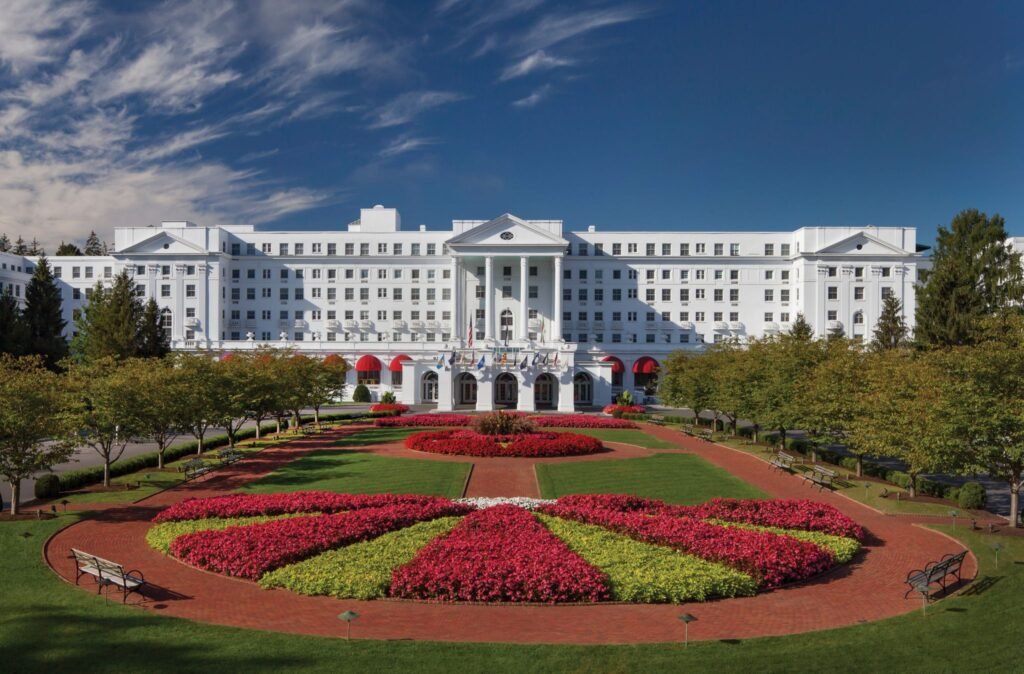
Photo Courtesy of The Greenbrier
The posh resort feels like—dare I say—“almost heaven.”
Decorated in the 1940s by high society interior designer Dorothy Draper, this influencer of her time chose big, bold patterns in vivacious hues. It’s as if she invented color.
Set on 11,000 acres of lush landscape, The Greenbrier oozes sophistication, tradition, and taste. There’s even a dress code. It’s enough to make any lover of luxury swoon.
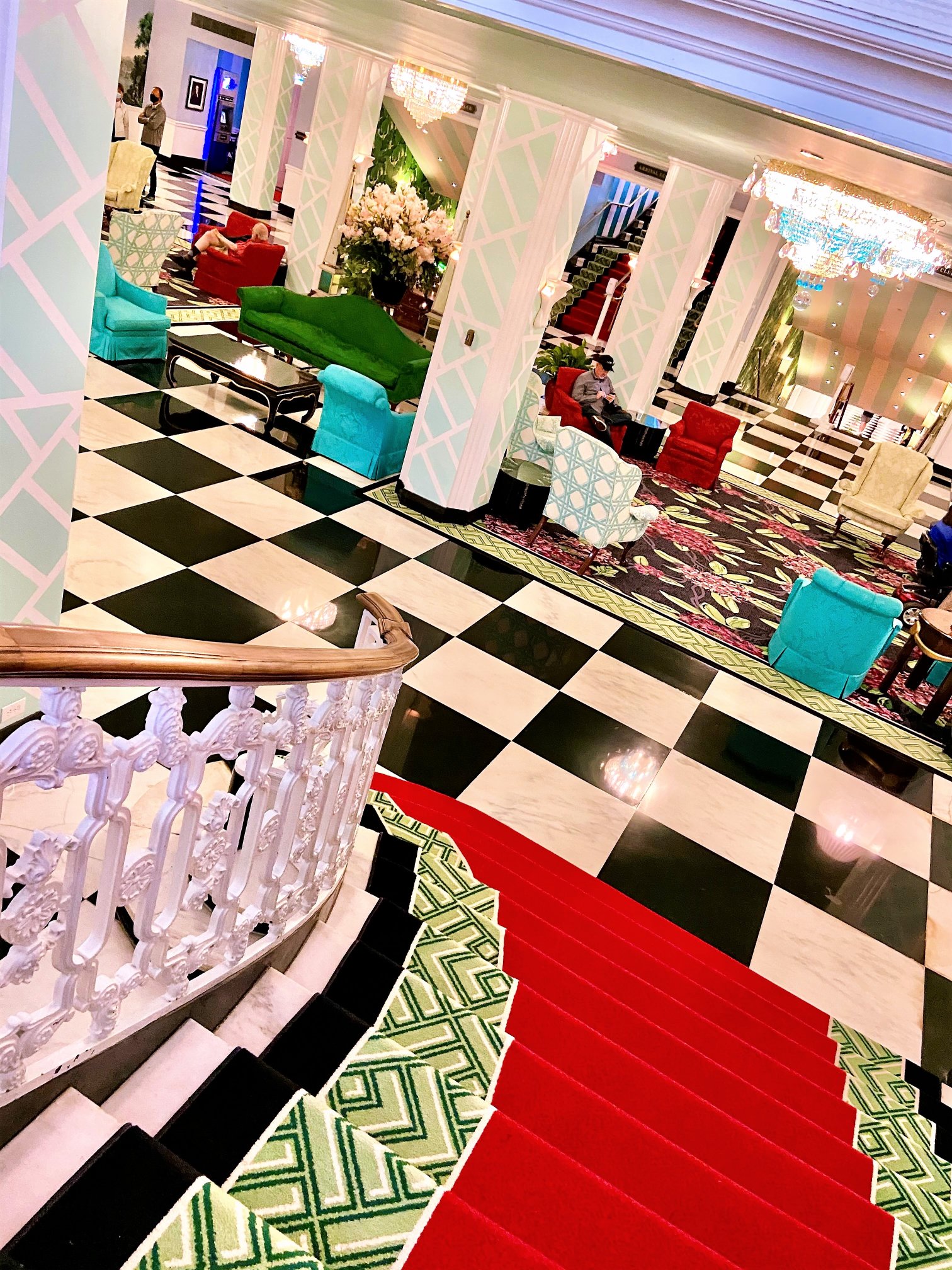
As a National Historic Landmark nestled in a valley of the Allegheny Mountains of West Virginia, the resort is located a scenic 15-minute drive from the town of Lewisburg (named by Budget Travel in their list of top ten coolest small towns in 2011). The Greenbrier has welcomed 28 U.S. presidents, celebs such as Tom Cruise, Tiger Woods, and Reese Witherspoon, princes and princesses.
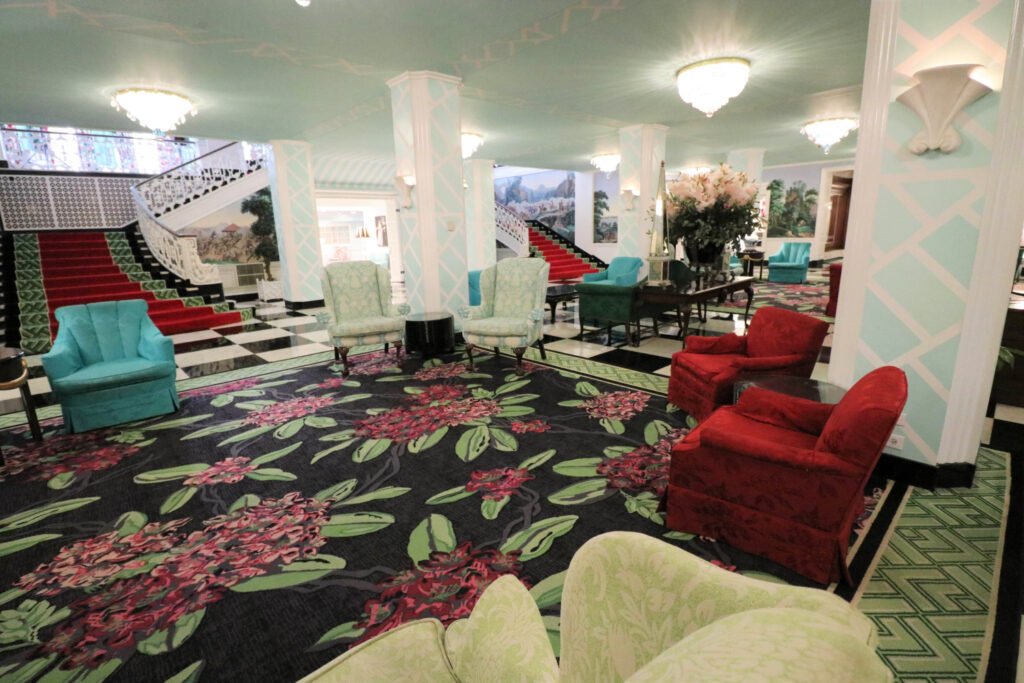
Many of those guests have been fortunate enough to be greeted by 88-year-old Mr. Frank Mosley and have no doubt come away with quips of advice and a better outlook on life. This charismatic gentleman has worked at the historic Greenbrier for 63 years. Famous or not, everyone gets a warmhearted reception—and these days often a selfie—from Mr. Mosely.
A loyal employee who has held positions including waiter, busboy, and Bellstand Captain, Mr. Mosley has missed only three days of work in those six plus decades. Today, his official title is hotel ambassador. Dressed in a crisp red blazer and tie, he often opens doors for guests and always has time for a chat.
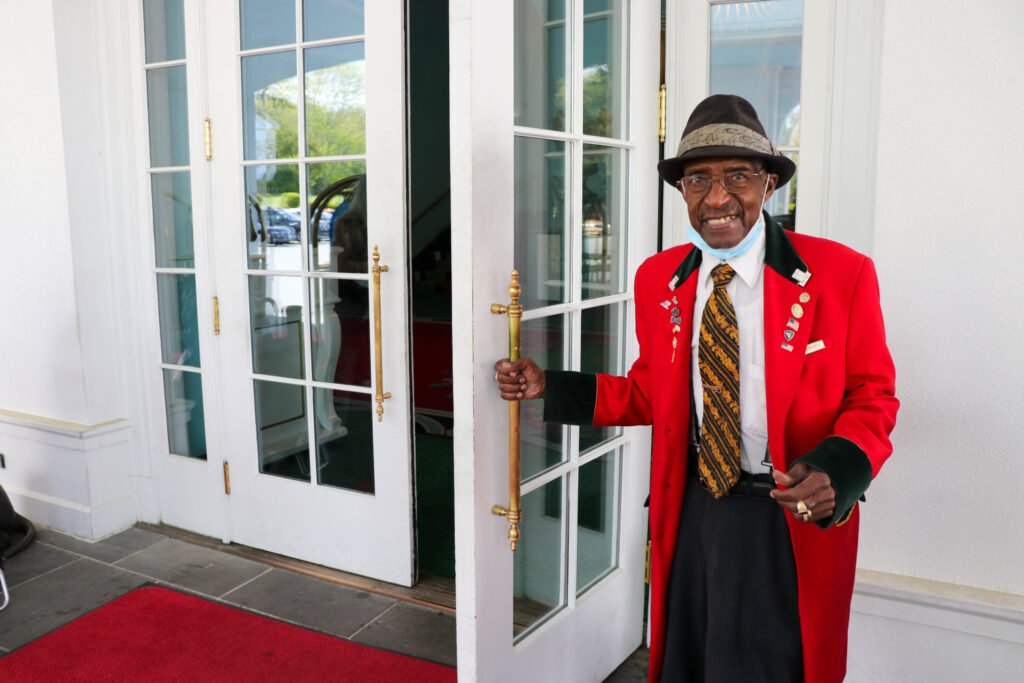
Bellstand Captain, Mr. Mosley
When I ask if he has met lots of famous people and has seen his share of Jaguars and stretch limos, he says, “We’re all put on this earth, just the same. I’m just happy I could come to work today. And it’s so nice to meet you,” he says, flashing a grin.
It’s clear he genuinely loves his job, and everyone adores him. Guests recount how they came here as children and met Mr. Mosely; now they’re bringing their own kids and even grandkids for a family getaway. Mr. Mosely is a celebrity in his own right and is a favorite VIP with guests and staff.
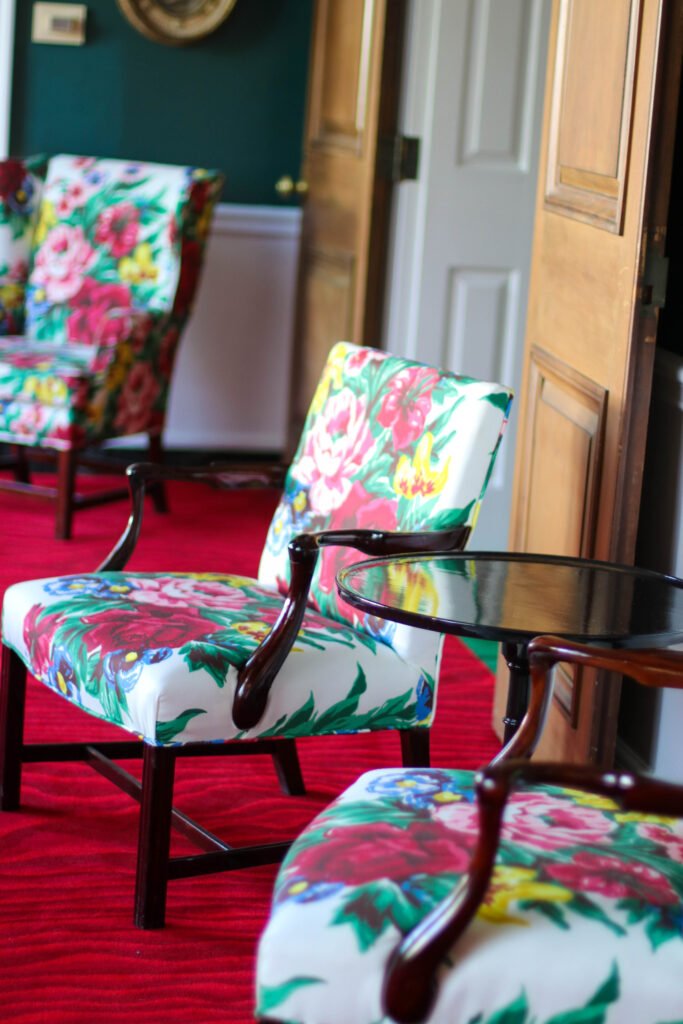
The other well-known name at the historic resort is Dorothy Draper who, while no longer living, left her personality and effervescence on nearly every inch of the property.
During World War II, The Greenbrier served as a surgical and rehabilitation center, but Draper transformed it from somber and functional to enchanting and dreamy. Even the hallways are colorful, with bold patterns on the walls and carpet.
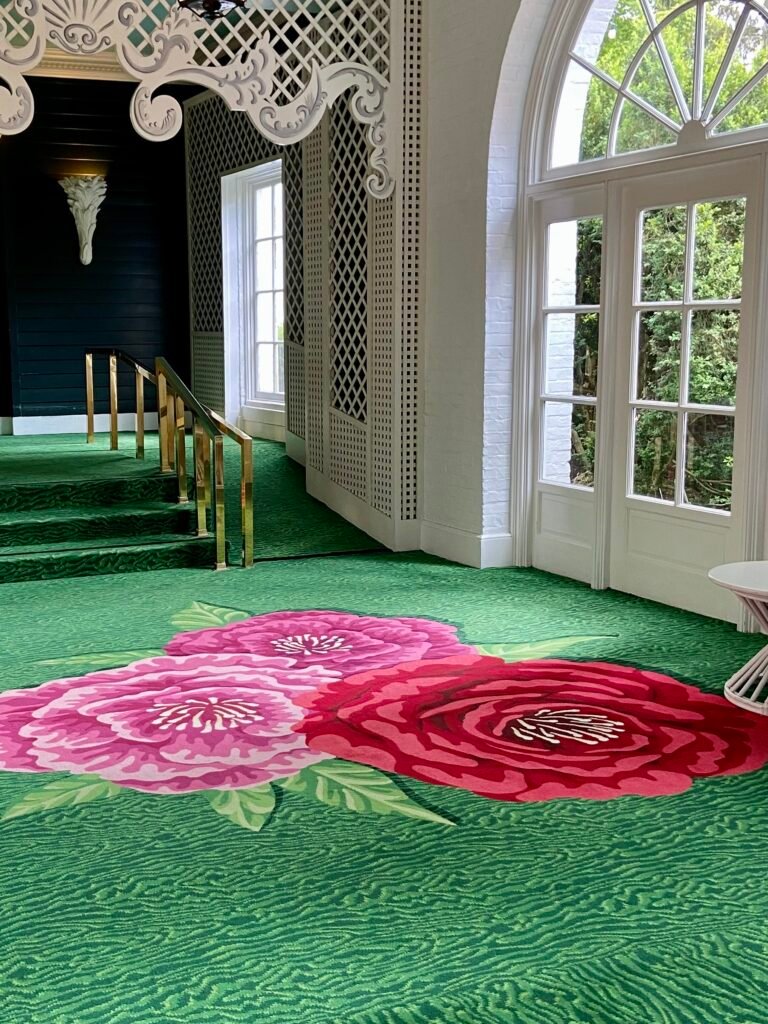
When I open the door to my guestroom I feel like I’ve walked into a floral watercolor painting. From the drapes to the bed covering to the ceiling in the powder room, garden pink is the theme. While it might not be for everyone, (there are options for a less-flowery room) the girly motif suits me; I feel immersed in loveliness.
Surprisingly, the most popular thing to do at The Greenbrier isn’t tennis, golf, or even the spa. It’s the 90-minute tour of the former secret U.S. government relocation facility, known as the bunker.
The bunker, I learned on a tour, was designed to accommodate the Senate and House of Representatives in the event of a national emergency. It’s bleak, concrete-grey… and fascinating.
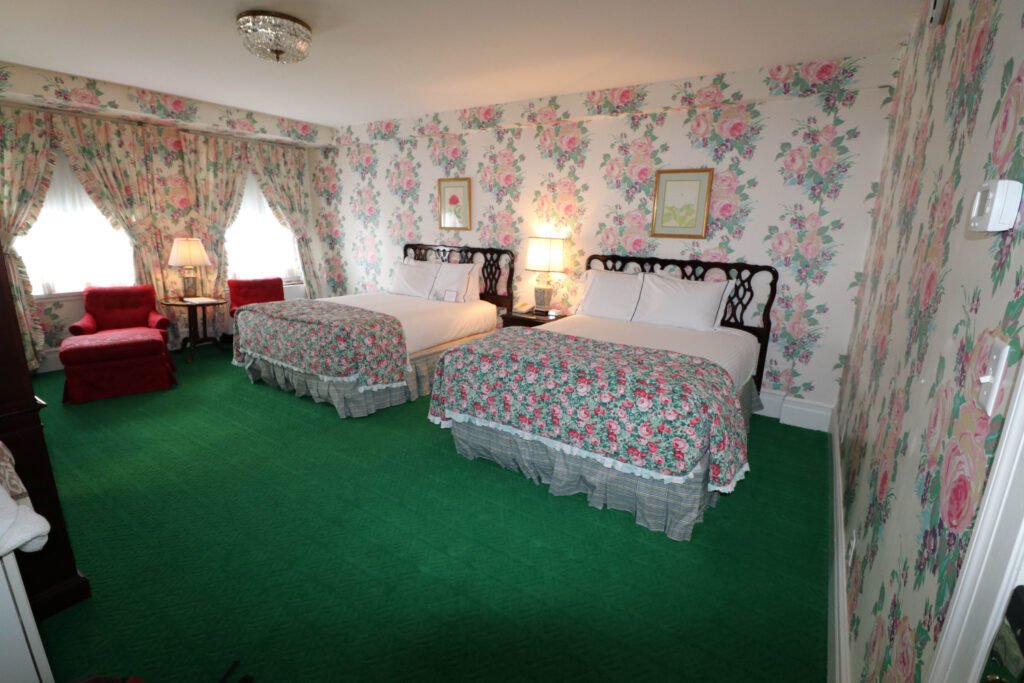
Described as a relic of the Cold War, the bunker was built between 1958 and 1961, under the strictest of security protocol, and was buried 720 feet into the hillside under the West Virginia Wing of the Greenbrier. Entrances were designed to prevent radioactive fallout from entering the facility when sealed. Blast doors were camouflaged to blend with hotel décor.
We walk through the windowless facility which has been preserved as it was when it was phased out in 1992 and view the dormitories with metal bunk beds, a stark cafeteria, outdated communications equipment, and the auditorium, where members of Congress would have met.
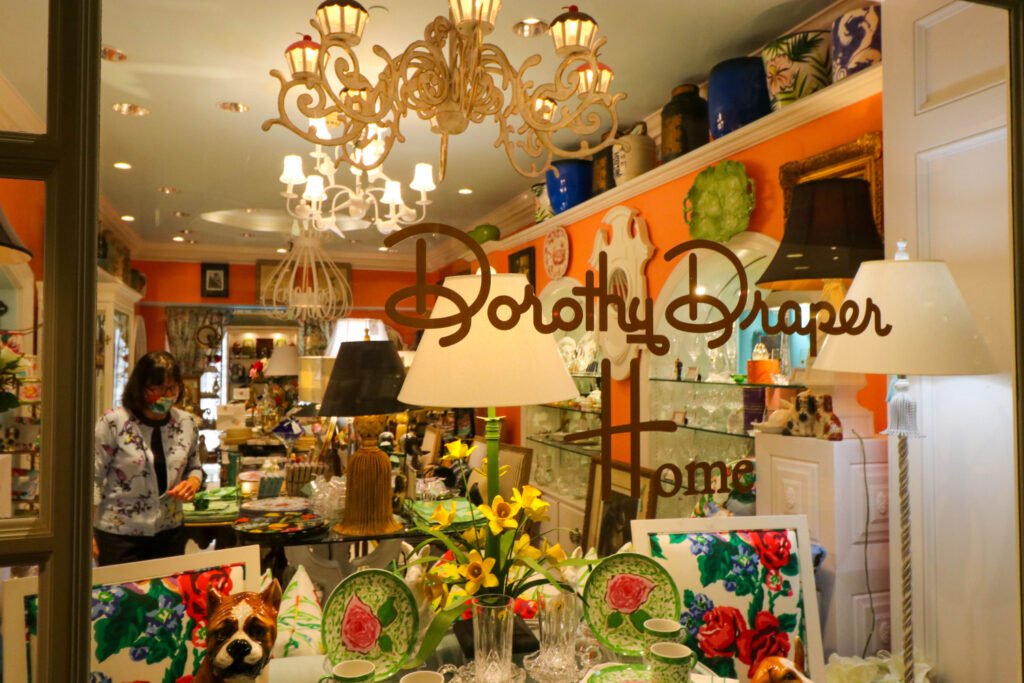
Given the code name Project Greek Island, the bunker was kept secret until May 31, 1992, when the site was exposed by a story published in the Washington Post. Immediately after the story was printed, the facility was phased out, and tours began a couple of years later.
Our guide explains that the bunker was hidden in plain sight as we emerge back into the bright, light-filled lobby, a complete contrast after being in the lackluster facility.
Streams of daylight spill in through the windows as I spend the afternoon exploring the nooks and crannies and boutiques. My favorite is the Dorothy Draper shop which sells everything from coffee mugs to leggings, adorned with her timeless floral patterns. Draper’s protégé, Carleton Varney, still decorates the resort, and has continued in the same style Draper fashioned.
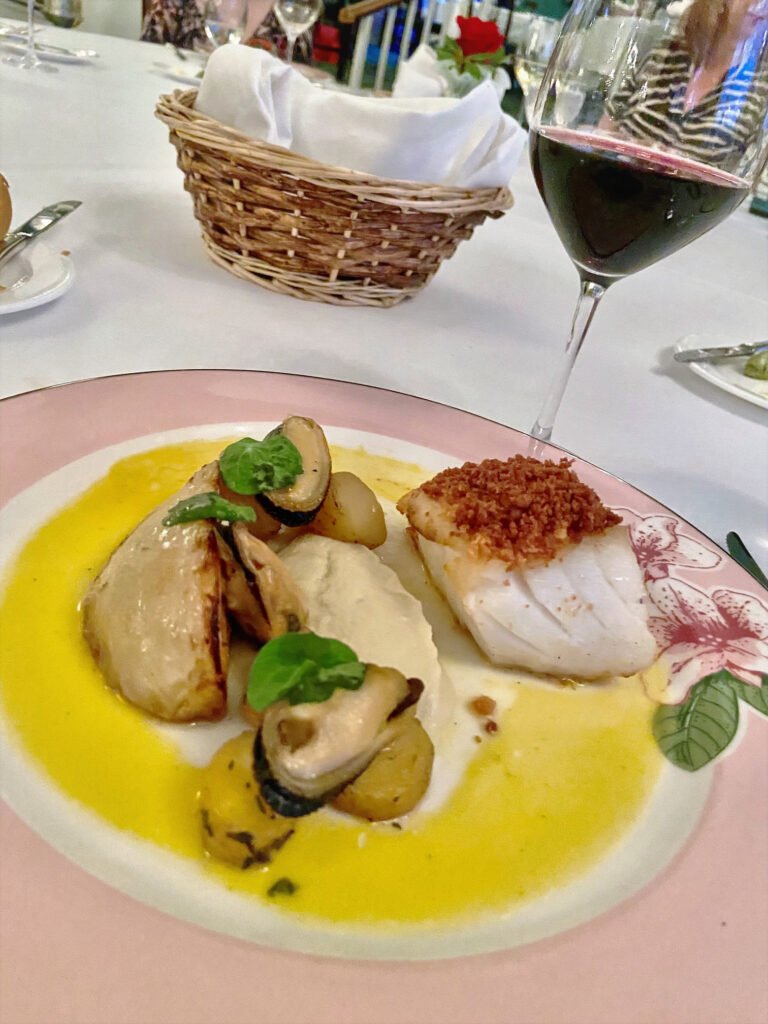
Evening brings dinner in the Main Dining Room, the crème de la crème of the 20-some restaurants on property. Here, ladies in cocktail dresses and gentlemen in dark suits sip perfectly crafted gin and tonics and dine on cuisine such as foie gras or chateaubriand, in a grand setting with custom-made chandeliers and tall ceilings.
The Greenbrier even has its own china, inspired by none other than Dorothy Draper. Plates, with pink edging, a gold rim and a rhododendron in the center with green leaves, sit precisely on tables throughout the restaurant. The story goes that when the china was first introduced, a maître d’ was asked if there was a certain way it should be placed on the table. “The three little leaves shall always face the diner,” was the answer. That’s the way it’s been ever since.
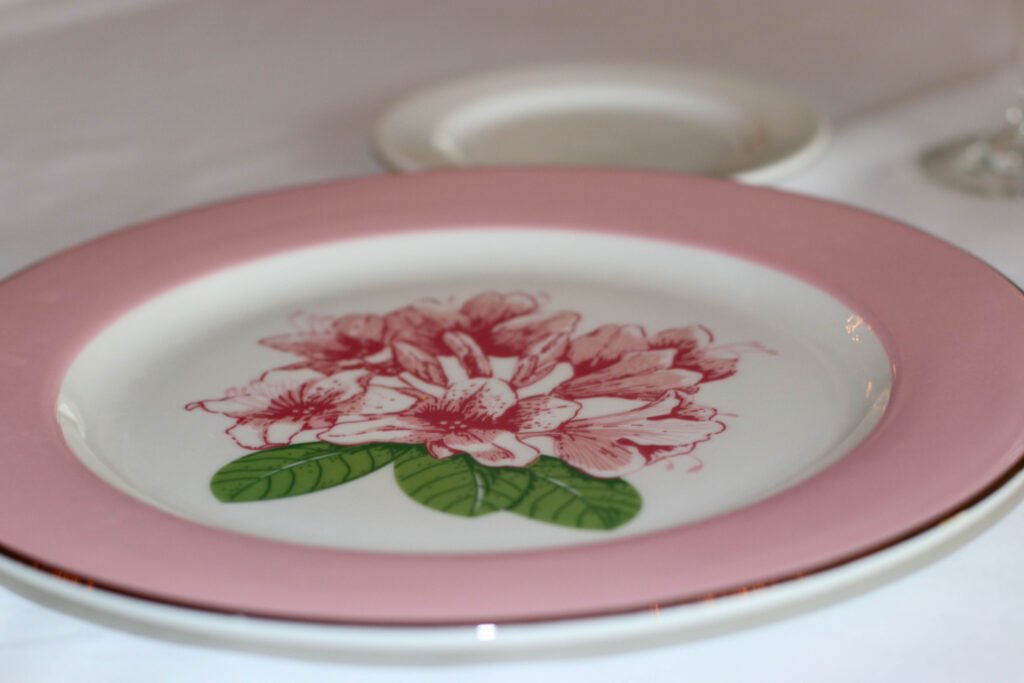
A server delivers a plate of gorgeous pan-seared Chilean sea bass, with herbed confit potatoes, Spanish chorizo, and mussels braised fennel, but my favorite is the grand finale: the legendary Greenbrier peach bread pudding, made using flash-frozen peaches flown in from California. The velvety deliciousness finishes a flawless feast.
My last morning, I linger over a double espresso and peaches served with vanilla whipped cream and fresh raspberries in the Main Dining Room, savoring every minute before it’s time to check out.
I don’t live in luxury every day, but for 36 hours it feels amazing, especially after the past year of you-know-what.
And even though I don’t “take the waters,” I’m a believer in the restorative powers of the ever elegant, always gracious Greenbrier.


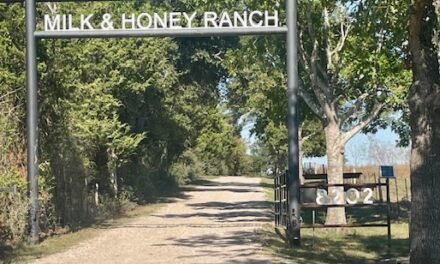








![QULA: The Story Behind This “Cool-ah” Product [INTERVIEW]](https://luxebeatmag.com/wp-content/uploads/2022/04/Qula-probiotic-drink-Copryight-2022-Sherrie-Wilkolaski-6-440x264.jpg)


